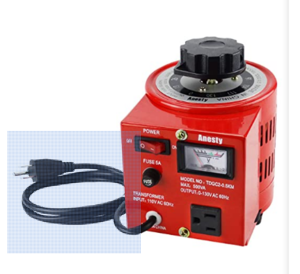i see , so the right tool for the job at hand
Yes...you are spot on. A mini table saw (I have the one from micromark) is used to cut planking and decking strips from a billet plank (for example a 1/4" x 3" x 24" billet plank). You would need to set up the saw with a cutting fence to guide the cut for the strips. So a good table saw to cut up a few hundred planking strips is worth its weight...anyway I find that cutting my own planking strips saves up to 75% of the cost of precut strips from online sources. You can buy 1/4" x 3" billets online. Two issues concerning cutting planking strips...you need a saw with enough power torque that it won't slow down while cutting, and a low curff saw blade. The cutting fence needs to be precisely set to prevent binding the saw blade.
Or...you can take it step further and buy a very large rough billet (for example a 6" x 12" x 36" rough plank...I call them logs myself) and cut it down, shave it with a planer, and finish sand it with a belt sander. But then you need all those tools as well! The only time I use a regular table saw with a ten inch blade is to cut these very large billet logs into smaller strips suitable for planning.
The first power tool set I would look at is an extensive Dremel collection. Several Dremel tools and a large selection of various sanding, drilling, and cutting bits. Dremel also has various tool accessories that are helpful...for example I have a mini drill press rig that holds a Dremel tool to use as a drill press.
A small bench top band saw is good for cutting frame pieces. But you can use a good scroll saw as well. In fact if you had to choose either/or I would go with the scroll saw.
Power sanding tools are helpful but not critical. Spindle sanders, circular and strip sanders, etc., can speed up sanding chores but I have used a Dremel tool with a drum sander bit just as effectively (one secret is to cut out pieces very carefully to reduce the need for power sanding). I have both sanders and rarely use the disk/belt sander combination and use the spindle sander more often especially to define curved pieces.
I hope all this is helpful...where to start? Start with a Dremel collection and go from there...






